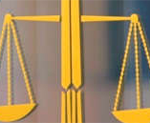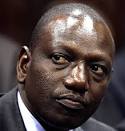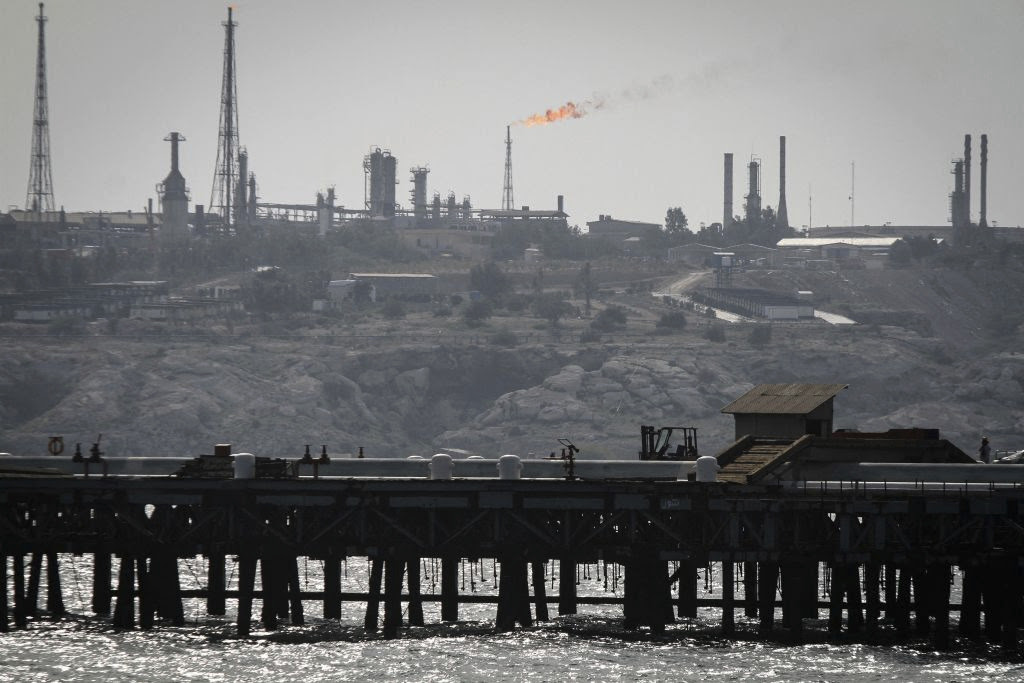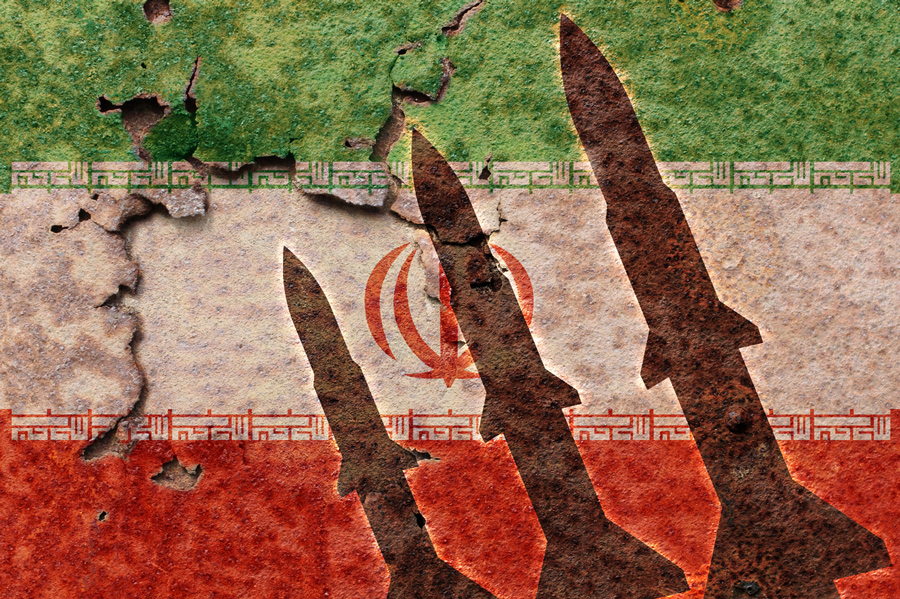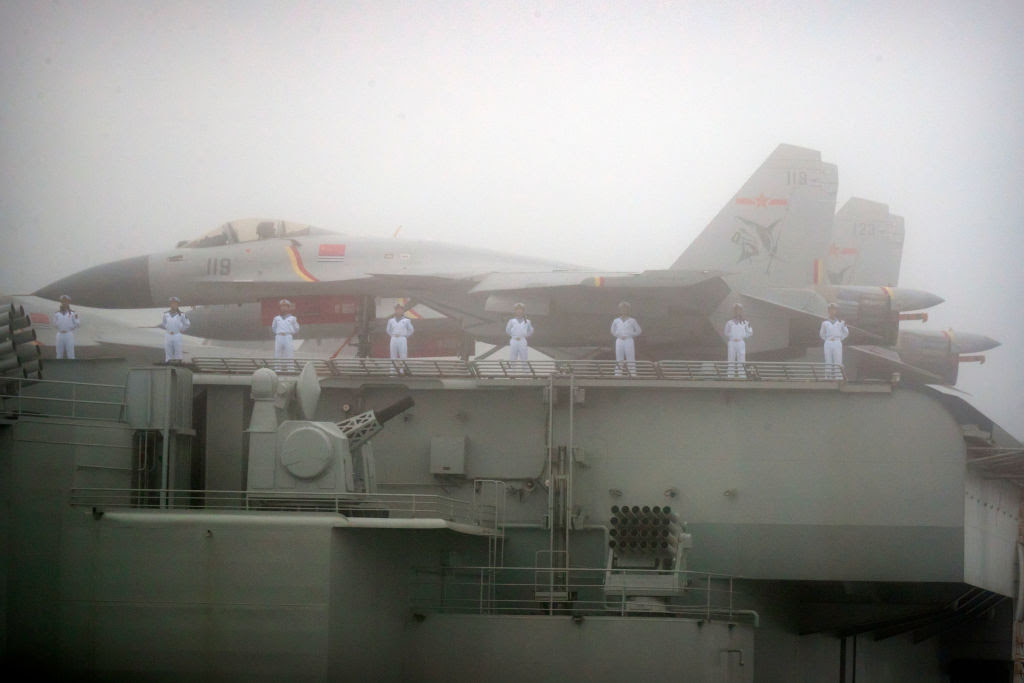A Grim Portrayal of Syria at War by Amir Taheri

The blurb of Destroying a Nation: The Civil War in Syria presents the author, Nikolas Van Dam, as an experienced Dutch diplomat with a direct knowledge of the Middle East.Having served as Holland’s Ambassador to Egypt, Turkey and Iraq, Van Dam also had a stint (in 2015-16) as his country’s Special Envoy for Syria. In that last assignment Van Dam monitored the situation from a base in neighboring Turkey.
Van Dam’s diplomatic background is clear throughout his book as he desperately tries, not always with success, to be fair to “all sides” which means taking no sides, while weaving arguments around the old cliché of “the only way out is through dialogue”.
Thus he is critical of Western democracies, which according to him, deceived the Syrian opposition by making promises to it, including military intervention, which they had no intention of delivering. He is especially critical of former US President Barack Obama who launched the mantra “Assad must go” and set “red line” which the Syrian despot ended up by crossing with impunity.
The first half of the book consists of a fast-paced narrative of Syrian history before the popular uprising started in the spring of 2011. The picture that emerges is that of a Syria in the throes of instability and frequent outburst of violence including sectarian conflict. Van Dam then juxtaposes that with Syria as it was reshaped under President Hafez al-Assad, who seized power in 1970, and his son and successor Bashar al-Assad.
“Under Hafez and Bashar, Syria experienced more internal security and stability than ever before since independence,” Van Dam asserts.
But isn’t Van Dam confusing terror with security and stagnation with stability?
Leaving aside the past six years that, according to Van Dam, have claimed almost half a million Syrian lives, the previous four decades of rule by the two Assads were anything but a model of security and stability. In all those years, Syria lived under Emergency Rules while thousands were imprisoned and/or tortured and executed. The absence of genuine security and stability meant that the Ba’athist regime was unable to build the durable institutions of a modern state. That’s why Syrian society at large saw its creative energies stifled, something that none of the previous dictators, from Hosni a-Zaim onwards, had managed or, perhaps, even intended to do.
In other words, contrary to Van Dam’s assertion, the two Assads destroyed chances of Syria building the political, not to mention the ethical, infrastructure of genuine security and stability.
Van Dam tries to portray Syria as a society that had always been ridden by sectarian violence, and frequently refers to “the killing of Alawites” by Arab Sunni Muslims. However, the only example he cites is that of the mass murder of Alawite military cadets in Aleppo which took place during Hafez al-Assad’s rule. The biggest “mass killing” of that epoch was the week-long carnage of unarmed civilians by Assad’s troops in Hama in 1982 which, according to Van Dam, claimed up to 25,000 lives, almost all of them Arab Sunni Muslims.
Those familiar with Syrian history would know that while sectarianism did play a role in almost all events in that unhappy lands, it was never the dominant factor.
What Syria experienced, and to some extent is experiencing today, is a war of sectarians, not a sectarian war.
The fight today is not between Syrian Sunnis and Alawites, and it would be wrong to see the Assad dictatorship as ruled by the Alawite community as such. The fight is between the mass of disenfranchised Syrians of all sects against a despotic regime determined to go to any length to preserve its hold on power, or as we increasingly note, the illusion of power. To that end, the Assad regime has focused on dominating the coercive organs of power, the army, the police and at least 15 security organizations, with the appointments of individuals loyal to Assad rather than any particular sect or even the supposedly ruling Ba’ath Party. Van Dam cites estimates of the number of Alawite officers in the Syrian army at around 86 percent. However, the key in that was loyalty to the Assad clan rather than adherence to a religious sect the tenets of which are kept secret even from its followers.
Van Dam estimates support for the Assad regime at around 30 per cent of the Syrian population. This roughly coincides with the percentage of Alawite, Christian, Ismaili and Druze communities in that country. However, to translate the statistics of a census, and even then one based only on estimates, into facts of political support for a regime requires a giant leap of imagination. One might prefer the estimates offered by Sami Khiyami, one of Syria’s most experienced diplomats now in exile, whom Van Dam quotes as well. According to Khiyami the Assad regime and its armed opponents together enjoy the support of no more than 70 per cent of Syrians, the rest disliking, even hating both, for different reasons.
According to Van Dam, the demand advanced by the Syrian opposition and more than 100 countries that Assad must go was a big hurdle on the road to a negotiated end of the conflict. Instead, Van Dam argues, the opposition and its Arab and Western democratic backers ought to have demanded Assad’s cooperation in forging transition. Van Dam may not know this but this is precisely what was attempted in 2012-13 when a Track-II plan under which Assad would “step aside” rather than “step down” was advanced with European and, to some extent, American support. It failed because Assad refused its basic tenets while Obama, even believing that Assad would fall in any case, also withdrew US support.
One may wonder about the book’s title and sub-title. What is happening in Syria is not about “destroying a nation”, nor is Syria likely to be destroyed as a nation. In fact, one may argue that, once the dictatorship is brought down, Syria may emerge from its current ordeal stronger as a nation than ever. The theme of “destruction” is used by Assad and his Russian and Iranian backers as a prop in a campaign of psychological terror to cow the Syrian people into submission. The slogan “Either Assad or We Shall Burn the Country” is openly used by diehard pro-Assad thugs including the Shabbihah.
The description of the conflict in Syria as a “civil war” may also be problematic. From ancient times in Rome, say between Marius and Sula or Caesar and Pompey, the term civil war applied to armed contest over power between two local camps of roughly the same strength at the starting point. This is not the case in Syria where the conflict was initially one between unarmed demonstrations and heavily armed security machine controlled by Assad. The parallel conflict that later developed between anti-Assad armed groups and the remnants of the regime’s army did not morph into a civil war either, if only because foreign elements, and powers, became heavily involved on both sides.
Van Dam cites estimates that put the current strength of what is left of Assad’s army at over 65,000. At the same time, General Qassem Soleimani, the man who leads Tehran’s “exporting the revolution” campaign, has just boasted that he has over 60,000 men in Syria, including “volunteers for martyrdom” from Lebanon, Afghanistan, Iraq and Pakistan. In other words almost half of those fighting to keep Assad safe in his last hideout in Damascus are not Syrians. At the same time, it is clear that without carpet-bombing by the Russian air force, Assad would have had no chance of making even a symbolic return to such places as Aleppo.
On the armed opposition side, too, foreign intervention is significant. According to Western estimates, more than 30,000 non-Syrians, many of them European passport-holders, are fighting on the side of ISIS, the various militant groups and even Kurdish armed bands in Syria. The financial, political and training support given by more than 50 countries to the Syrian opposition may be “too little, too late”, as Van Dam asserts, but it makes it difficult to underestimate the non-Syrian element of this tragic conflict.
In other words, the proxy aspect of this conflict, something that Van Dam acknowledges, vitiates its descriptions of a classical civil war.
Despite its obvious shortcomings, Van Dam’s book is a welcome contribution to the international debate on the Syrian crisis if only because it offers a glimpse into thinking in European diplomatic circles.
What some of us might find hard to accept is Van Dam’s deep pessimism as to the future of Syria. He writes: “There is no good future for Syria with Bashar al-Assad in power, but without al-Assad, future prospects for Syria do not look promising either.”
However, regardless of what happens next the Assad terror machine has been broken and, even with Russian and Iranian support, cannot be restored to its previous strength.
If only for that, “future prospects” need not look so grim. Well. We shall see.
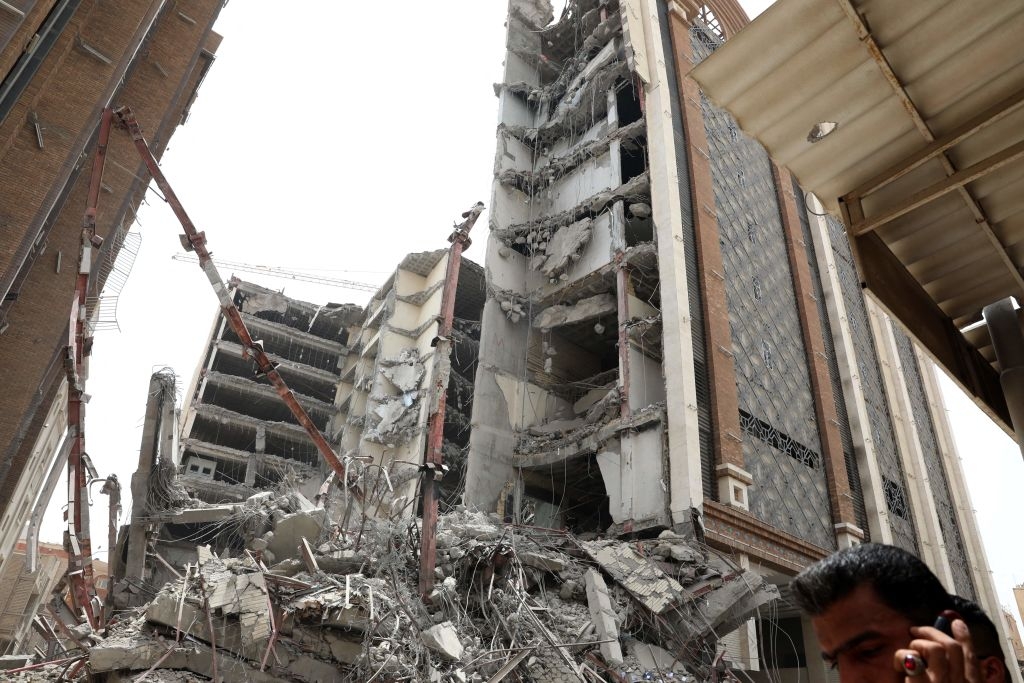 The Assad terror machine in Syria has been broken and, even with Russian and Iranian support, cannot be restored to its previous strength. Pictured: Syrian President Bashar al-Assad is greeted in Moscow by Russian President Vladimir Putin, October 20, 2015. The Assad terror machine in Syria has been broken and, even with Russian and Iranian support, cannot be restored to its previous strength. Pictured: Syrian President Bashar al-Assad is greeted in Moscow by Russian President Vladimir Putin, October 20, 2015. |
Amir Taheri, formerly editor of Iran’s premier newspaper, Kayhan, before the Iranian revolution of 1979, is a prominent author based on Europe. He is the Chairman of Gatestone Europe.
This article first appeared in a slightly different form in Asharq Al Awsat and is reprinted here with the kind permission of the author.








